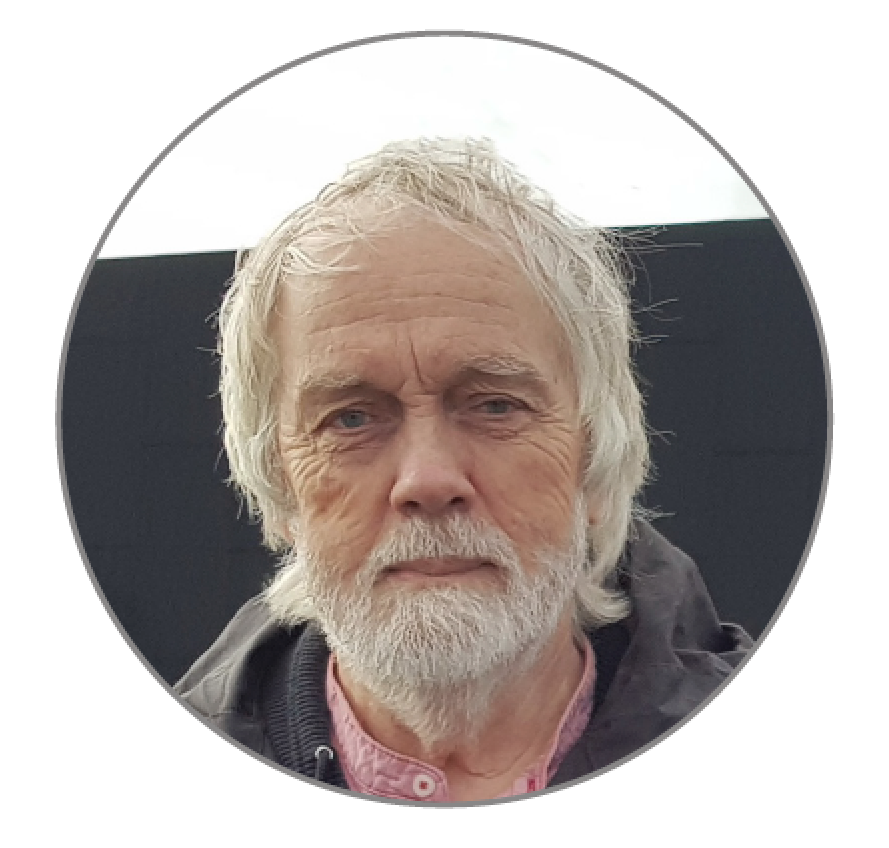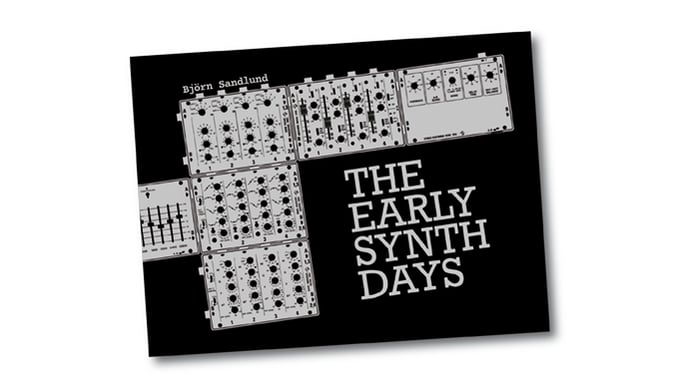
This week, we're adding a dash of history to the blog with an excerpt from "The Early Synth Days" by Dataton founder, Björn Sandlund. Aimed at readers with a major interest in synth history (and/or the cultural climate of 1970s Sweden!), the story begins at the world's most advanced electronic music studio and ends with a startup focused on modular solutions for playback. Read on…
- World's most advanced electronic music studio
- Commercial interests embrace new tech
- Prototypes for electronic music
- The shift from a mechanistic age
- Music with algorithms
- 1973 -- Dataton begins…
EMS, world's most advanced electronic music studio
Cultural life in Sweden in the 1960s and the following decade was characterized by a current of far-left politics. Open criticism of the war in Vietnam was a widely accepted position, even high up in government circles, and there was a general perception that market forces and commercialism needed to be opposed and balanced by public sector financing and initiatives.
This attitude largely applied to the Swedish music world as well, which was perceived to be under attack from commercial forces and the music industry, which was cranking out a steady stream of commercial music from well-equipped recording studios while neglecting the influence of the “cultural sector.”
In order to counterbalance this trend and help bring Sweden to the forefront in the development of serious electroacoustic music within Europe, Elektronmusikstudion (The Studio for Electronic Music) was formed with financial backers that included the Swedish public broadcaster, Sveriges Radio. Rumor has it that the initial driving force behind the Studio for Electronic Music was the Swedish composer, Karl Erik Blomdahl, during the time he was in the final stages of work on the opera, Aniara. The score for the opera was based on traditional electroacoustic tape technology. Blomdahl recognized the full potential for electronic music, and, using his contacts high up in the Swedish government, he contacted then Prime Minister, Tage Erlander, and proposed the allocation of state funding for a world-class, international electronic music studio. In no time at all, the studio had its funding!
The studio was founded in 1962 under the management of Knut Wiggen. Upon its completion in 1967, the Studio for Electronic Music, controlled by a PDP15/XPM mini computer, was likely the world’s most advanced electronic music studio.
The Studio for Electronic Music (commonly referred to as EMS) became an institution for the elite, which to a certain extent ran counter to its political motivation — to make the technology for the creation of electroacoustic music widely accessible. Nonetheless, ambitious ideas were hatched at EMS to try to expand electroacoustic know-how by building more studios, which would primarily be located at the country’s two music colleges in Stockholm and Gothenburg.

COMMERCIAL INTERESTS EMBRACE NEW TECH
At the same time, it was evident that the new technology was coming to be widely used by the “dark forces” in the music world — the commercial sector. This was particularly true in the rock and pop music scene where the synthesizer was taking center stage, which from a technical standpoint used similar technology to that used at EMS but with a more practical application.
My own interest in technology, design, electronics and music was something I carried with me from the early stages of my childhood and youth. I have dedicated much of my free time to building a variety of musical instruments as a hobby, which over time, also included instruments with electronic components. But this passion remained a hobby, and my first real job as an engineer at the Swedish company, Facit, centered around the digital design of computers, calculators and display terminals based on CRT technology.
Facit found a measure of success in the development and marketing of mechanical office calculators across a broad international market. But the company’s efforts to adapt to a new era based on electronic technology rather than mechanical technology were unsuccessful, and the company went bankrupt a few years into the 1970s. The company’s bankruptcy is now viewed in business literature as a textbook example of a viable company’s descent into bankruptcy, where a well-established, successful company, once seen as immortal, suddenly failed to detect and react to the rapid forces of change in the outside world. Other prime examples are, of course, Kodak and, to some extent, Nokia.
But by that time, I had already left Facit, and a listing for a job opening at EMS would change the course of the rest of my life. They were looking for someone with experience designing analog and digital systems for sound synthesis. I applied for the job on a whim, never thinking there was a chance I would get it; I was too young, just 24, and inexperienced.
Prototypes for Electronic music
But against all odds, I got the job and was soon taking responsibility for the project of my dreams: Leading the development of brand new studio equipment for electronic music, particularly equipment specially adapted for music colleges within Sweden. The job was very challenging and extremely demanding. Also, there were not too many colleagues with experience in technology that I could lean on, apart from one extremely talented older engineer who was responsible for building up the existing studio at EMS. But I got the impression that he was a little skeptical about the idea of a smaller studio, and that a young, still wet-behind-the-ears engineer could manage all of the design and project management responsibilities. And we were both a little too reserved to build a good working relationship.
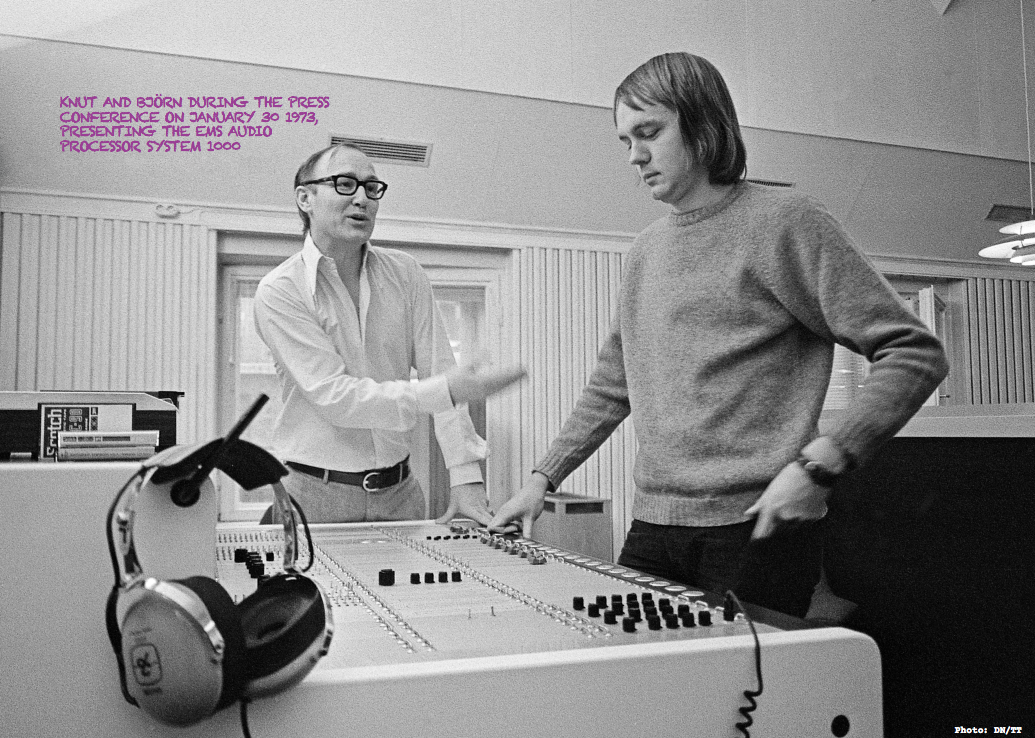
After three years, the first prototypes of the new equipment were ready for delivery to the two music colleges. During this time, the polarization between commercial and cultural forces had grown even stronger. And from a cultural standpoint, there was a growing sense that the forces of commercialization were a threat, as within the commercial ranks, forms of music were beginning to spring up with the structural elements of “art music.” The Beatles had become increasingly unconventional in their music production throughout the 1960s, experimenting freely with a variety of electronic effects, though from a purely musical standpoint, they still worked within the structure of traditional musical elements such as rhythm, harmony, counterpoint — elements from which the revolutionary forces inside the electroacoustic music scene were trying to break free.
the SHIFT FROM a MECHANISTIC AGE
At that time, my boss Knut Wiggen was a well-known cultural figure in Sweden with well-articulated views on how music had evolved through the millennia. He asserted that in the 1970s, we were now facing a paradigm shift where we would leave the mechanistic age that started with the Renaissance in the early 15th century for good. Of course, this would have a tremendous effect on how we create and listen to music. We could finally break out of the mechanistic ideas of dividing music into bars, fourths, octaves and other harmonic intervals and instead be free to listen to the sound and timbre without the shackles of mechanism!
To get everyone on-board (to use a mechanistic idiom...), Knut organized evening lectures which were led by the well-known Finnish-Swedish metascientist Carl Lesche. My impression, however, was that these lectures were at a level that was beyond the reach of the average engineer and administrator. Over time, it also became apparent that Knut and Carl were not entirely on the same page in terms of the interpretation of metascientific theory’s superstructure.
Knut and I had a good relationship — he taught me a lot about music theory, and I enjoyed filling him in on the great advancements in modern electronics. And I was also able to give him a window into the world of commercial music. I took Knut to a Frank Zappa concert and he was impressed by this new world of sound — something he had never heard before — as well as the band’s technical skill. After the concert, we had a lot of discussions on how the commercial music scene could affect art music, and maybe even the other way around. After this experience, Knut became a little less certain of his own interpretation of the end of the mechanistic age.
Music with algorithms
During this time, EMS would become an international phenomenon, playing host to a steady stream of foreign composers and synthesizer manufacturers who looked at EMS with a certain degree of incredulity — in Sweden, it was possible to build a large, expensive studio, adapted to your needs, with the use of public funds!
A few years earlier, the United States had wrapped up its moon-landing program, and several unemployed programmers from the project who opposed the U.S. approach to the Vietnam War were brought in to EMS as guest workers. They were hard at work developing the composition language for the computer in the studio and applying algorithms to create music. Knut was absolutely fascinated by the idea that musical compositions could be defined by mathematical algorithms, which would then determine the character of the sound in the end result. In time, he would also come to compose a great deal of music based on these theories.
And music teachers were trained for the music colleges. The thought was that when the teachers made their way out to the schools, they would also train students in electroacoustic music. And to complete this task, technical equipment would be needed with a focus on pedagogy. But it quickly became evident that the commercial equipment available at the time was not suitable from a pedagogical standpoint, nor from a budgetary standpoint.
1973: Dataton begins…
I then saw an opportunity to start a company to fill that gap: To design and market a system for a wide range of music with a focus on playback through speakers. The primary target was the schools, but the system would need to have certain qualities and a level of universality that would also make it marketable outside the world of music education.
I tinkered with it for a few months in the spring of 1973, and felt my confidence grow week by week. While on a walk with the new baby and dog, I came up with the name, Dataton, and wrote it with my finger in the dust on a truck that was parked outside our house. That looks good, I thought!
I decided to take things up with Knut, who had already caught wind of what was going on and wished me luck with the words, “It is always gratifying to having the opportunity to design your own letterhead and business card at some point in life.”
This is the short version of Dataton’s creation story. My ability to take a leap and start my own company was not only due to the business opportunity presented by the schools that could serve as an ideal customer for a system adapted for use in pedagogical work. It likely had just as much to do with my desire to run my own company. This was a vision I nurtured from an early age — just waiting for the right opportunity to set things in motion. And this seemed to be the right time.
The truth is that very few companies would get started if all of the difficulties that lie ahead were known from the start. And it is a good thing that it works out that way! We got off to a bit of a wobbly start in a small space north of Stockholm in a bakery that had been shut down.
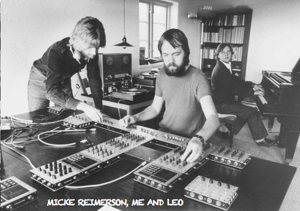 It would be another seven years before the company was able to report a positive financial result, and this measure of success was only due to the fact that our focus had diverged quite significantly from the original vision.
It would be another seven years before the company was able to report a positive financial result, and this measure of success was only due to the fact that our focus had diverged quite significantly from the original vision.
But despite its bumpy start, the company lives on at the time I am writing this (2019), and it must be said that we have achieved a measurable level of success developing products aimed at enriching experiences in public spaces. Not entirely divergent from our original vision, though a little more generalized...
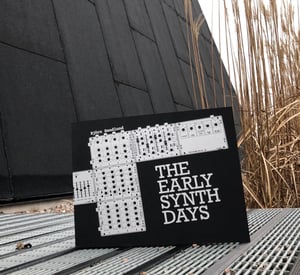 This is the first chapter in "The Early Synth Days", a limited edition, large-format book about the start of Dataton and the company's early music synthesizers, DATATON SYSTEM 3000, complete with original drawings, manuals, and background.
This is the first chapter in "The Early Synth Days", a limited edition, large-format book about the start of Dataton and the company's early music synthesizers, DATATON SYSTEM 3000, complete with original drawings, manuals, and background.
Want your own copy of the 240-page, coffee-table book? Find out more & order "The Early Synth Days" at dataton.com!

